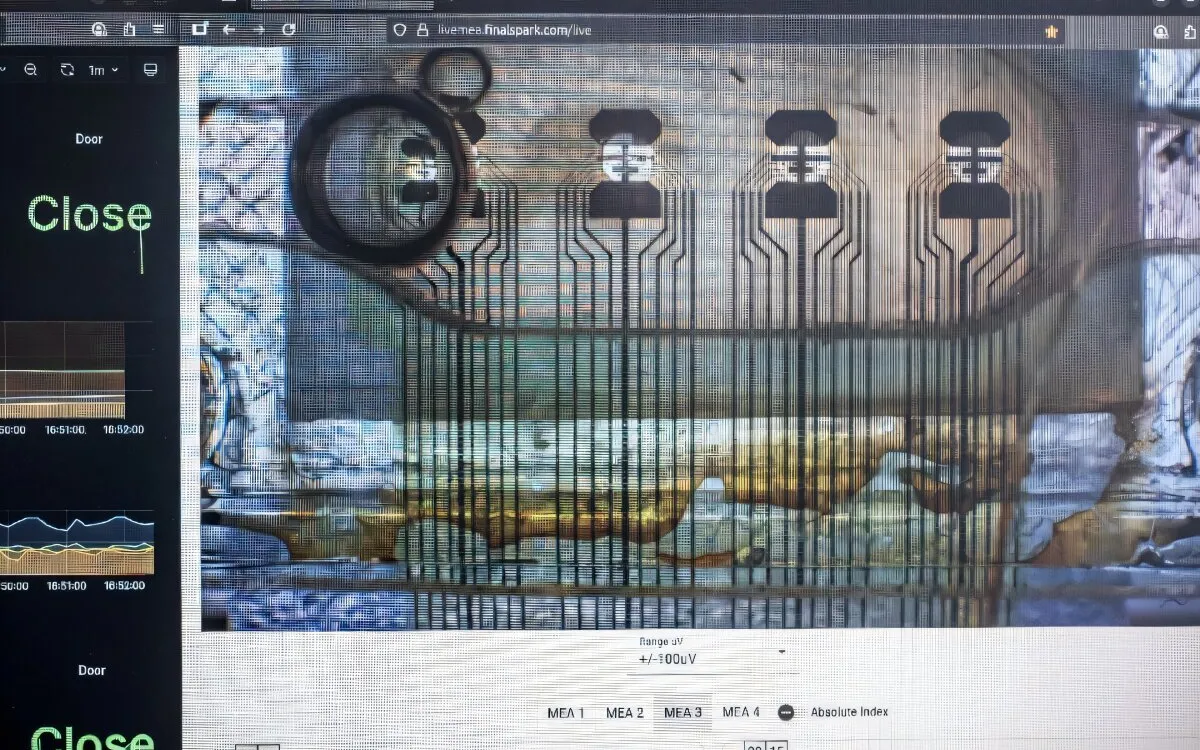
This week, researchers have made significant strides in multiple fields, unveiling new insights into ancient civilizations, quantum physics, and the potential of biocomputing. Among the most notable findings is the discovery of four Late Bronze Age stone megastructures, which are believed to have been used for trapping herds of wild animals. This landmark discovery sheds light on the advanced practices of ancient societies, highlighting their ingenuity in managing resources.
In another remarkable development, physicists have demonstrated that a fundamental law of thermodynamics does not apply to atomic-scale objects that are interconnected through quantum correlation. This finding could revolutionize our understanding of thermodynamic principles at the microscopic level, potentially leading to advancements in quantum technologies.
Meanwhile, two Australian Ph.D. students have coded a groundbreaking software solution for the James Webb Space Telescope's Aperture Masking Interferometer. This software aims to rectify issues that have caused the telescope to produce blurry images, enhancing its ability to capture the universe's most intricate details.
In a fascinating intersection of biology and technology, researchers are networking tiny human brain organoids into a rudimentary computing substrate. This innovative approach may pave the way for the future of biocomputing. Scientists at the Swiss startup FinalSpark have engineered these organoids from stem cells, allowing them to monitor neural impulses. By delivering small electric currents, they can generate spikes of activity, effectively mimicking digital ones and zeroes.
Although this technology is still in its infancy, the potential advantages of using neural cells are significant. These cells are reportedly 1 million times more efficient than artificial neurons, making them a promising avenue for addressing the energy demands of modern computing tasks, such as training large language models.
In a groundbreaking study, an international research collaborative has proposed that environmental lead exposure may have played a crucial role in the evolution of the brains of Homo sapiens. Contrary to the common belief that lead exposure is a modern issue, this research indicates that ancient humans were at risk from lead-contaminated soil as they foraged or farmed.
Utilizing human brain organoids, the researchers compared the effects of lead exposure on two versions of a developmental gene responsible for gene expression during neurodevelopment. Their findings revealed that the modern human version of this gene differs significantly from its Neanderthal counterpart, which exhibited disruptions in critical brain regions that did not occur in modern humans.
Renaud Joannes-Boyau from Southern Cross University emphasized the implications of this research: "Our data show that lead exposure wasn't just a product of the Industrial Revolution—it was part of our evolutionary landscape." This suggests that the cognitive abilities and social behaviors of our ancestors may have been shaped by the influence of this toxic metal over millennia.
In the realm of astronomy, a pressing question remains: Why is the universe's expansion accelerating? Researchers in Bremen and Romania have tackled this mystery, exploring a novel approach that eliminates the need for dark matter in their equations. By applying the Finsler model of gravity, which extends general relativity, they were able to accurately model the gravitational forces of gases and predict accelerated expansion in a vacuum.
This groundbreaking model raises questions about the validity of traditional theories involving dark matter. Is this a shortcut, or does it represent a genuine breakthrough in understanding the cosmos? As physicists revise their résumés, the scientific community is left to ponder whether physics has finally found a definitive solution to the mysteries of our universe.
As these discoveries unfold, they offer a glimpse into the vast potential of research in both historical and contemporary contexts, promising to shape our understanding of the world and the universe around us.